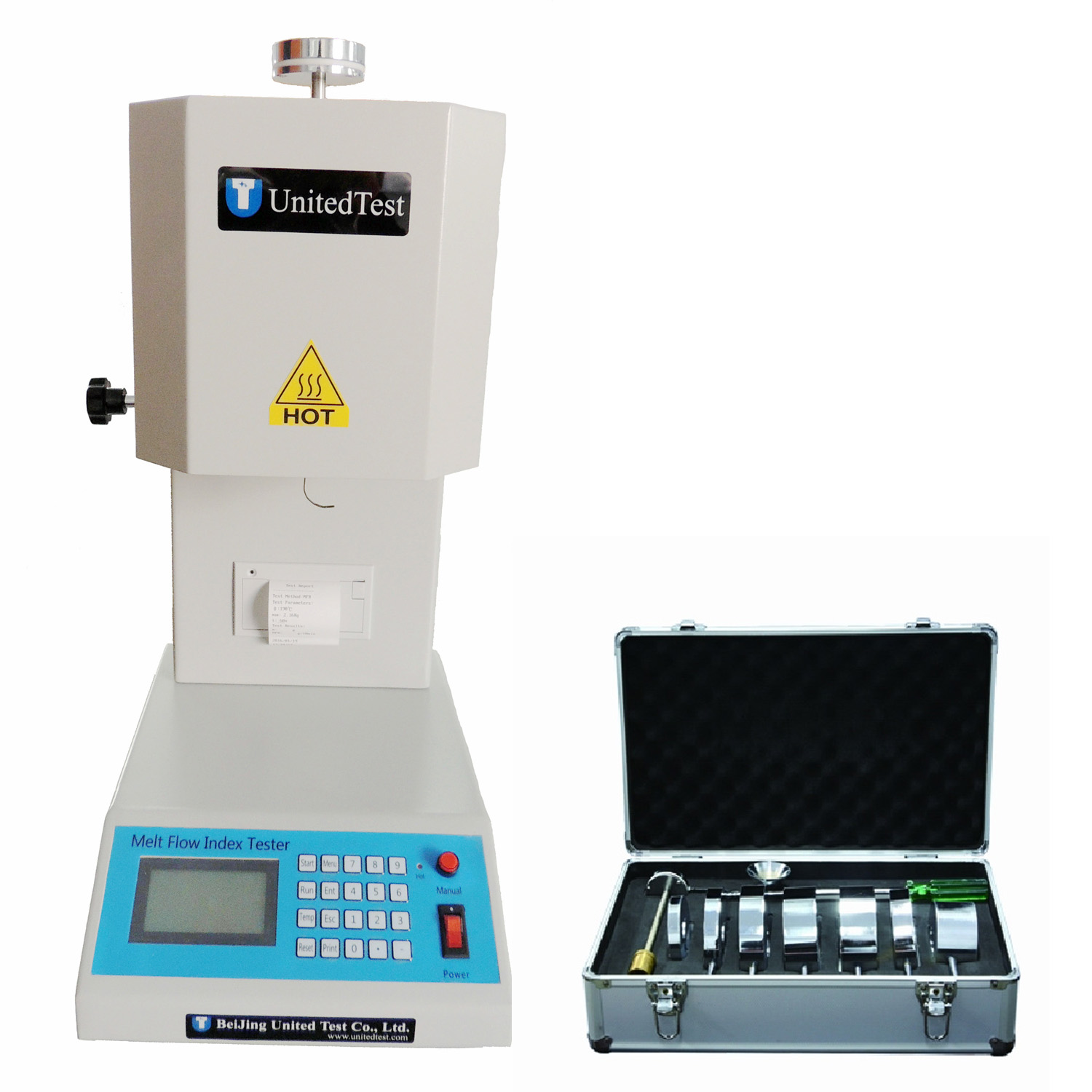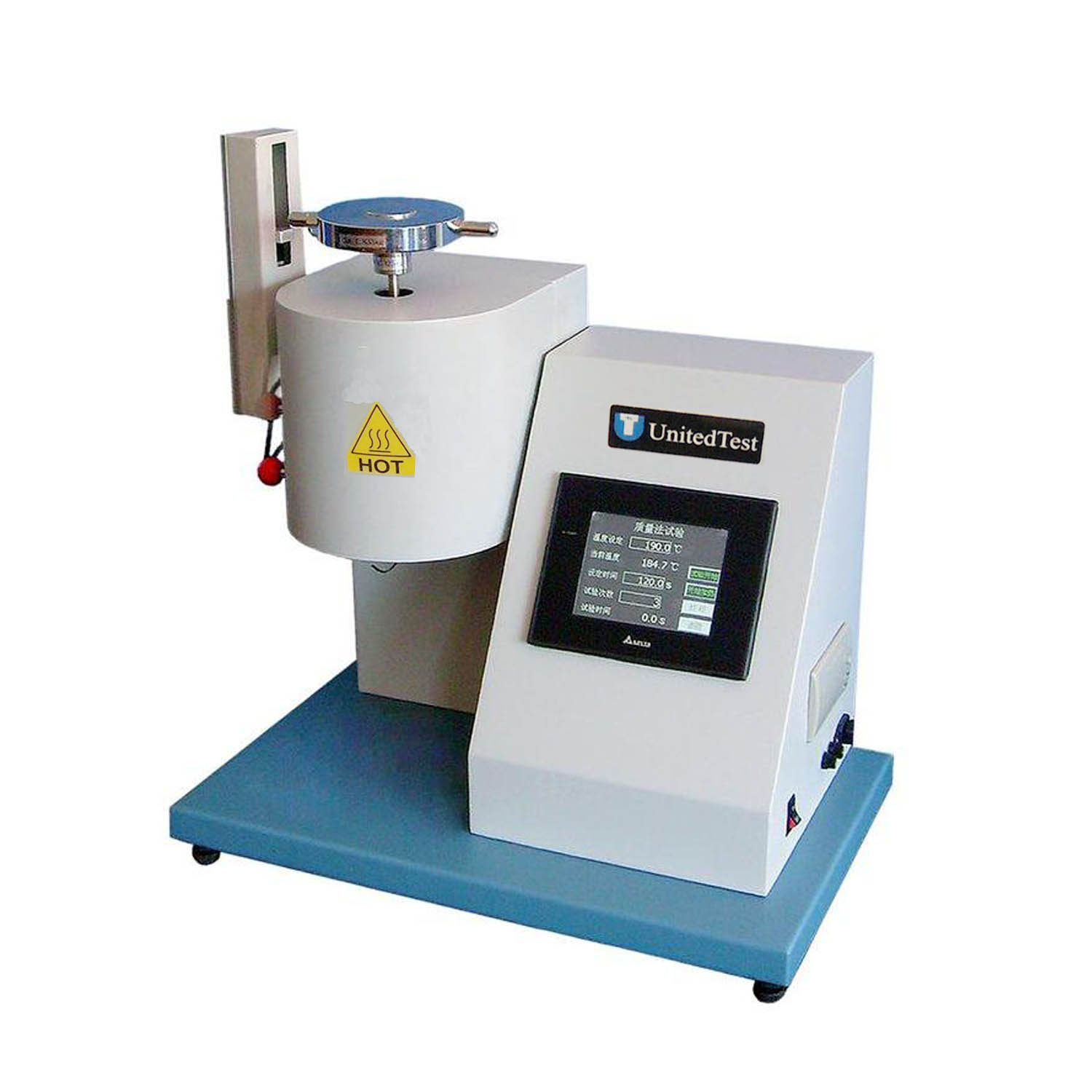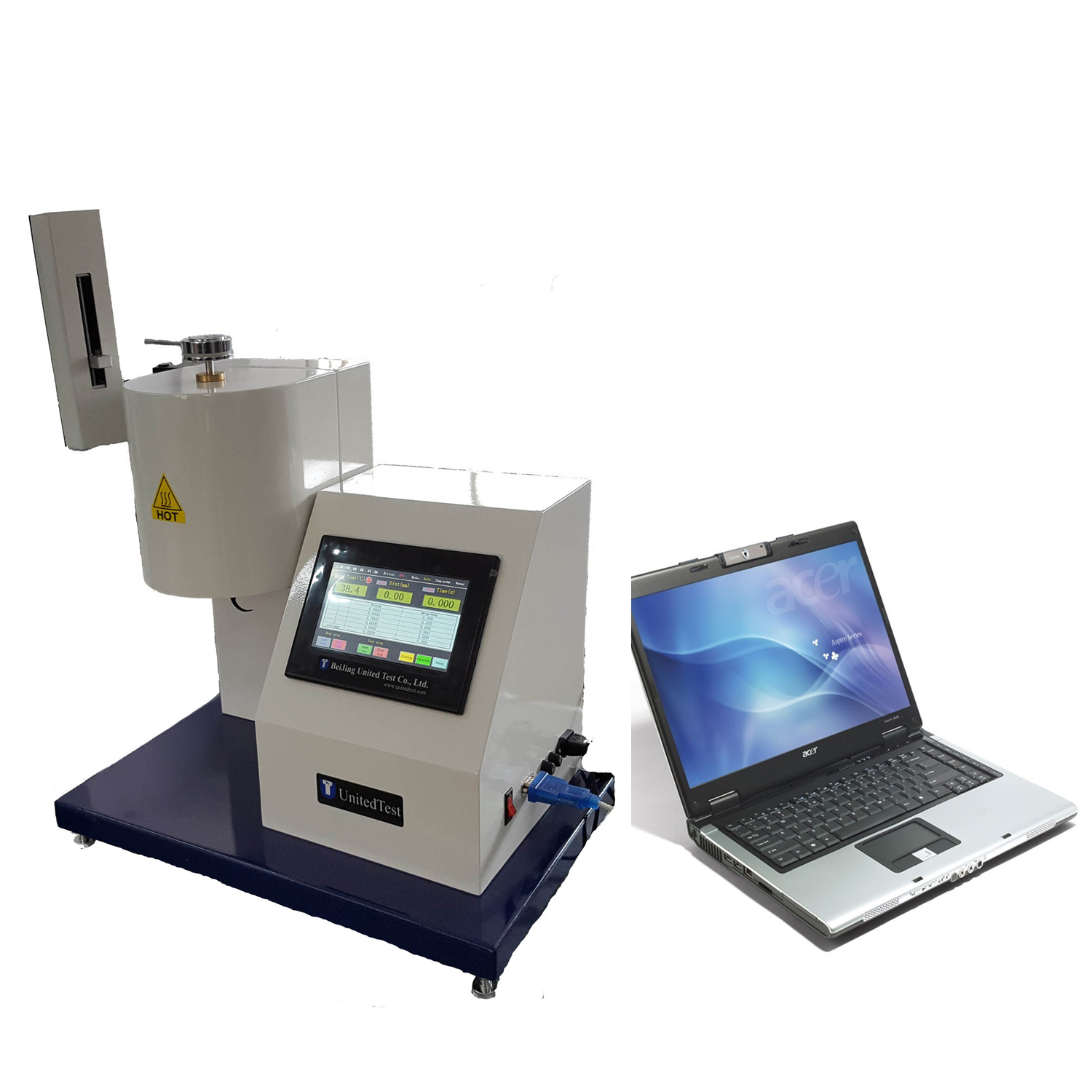What's the difference of ISO 1133-1 and ISO 1133-2, ASTM D1238 of Melt Flow Index Test?
ISO 1133 Test Mehod of Determination the melt mass-flow rate (MFR, MVR)
The determination of melt flow rate (MFR) and melt volume rate (MVR) is described in various international standards.
The most common ones are ISO 1133 and ASTM D1238. These two standards describe similar tests, but slightly different. This article aims to provide a brief overview and demonstrate the differences between them.
The ISO 1133:2005 has been split and replaced with ISO 1133-1:2011, which describes general testing methods. In addition, ISO 1133-2:2011 has been published for materials that are sensitive to time temperature history and/or humidity. According to the different testing materials, appropriate standards must be used.
ISO 1133-1 basically describes two different procedures. In program A, the extruded wire is cut off according to the defined time steps during the measurement period. MFR is determined based on the weight of the wire section. In program B, measure the piston speed and calculate MVR based on it. The melt density can be used to convert between MVR and MFR. The measurement is always conducted within a measurement range of 50-20 millimeters in front of the capillary, with a melting time of 5 minutes. For low viscosity materials, a capillary tube of half size (half diameter, half length) can also be used. The determination of flow rate ratio (FRR) is also described in the standard.
ISO 1133-2 is a further refinement of ISO 1133-1. The main difference is that for moisture absorbing materials, pre drying and determination of residual humidity are required. There are stricter regulations on the time sequence of filling and measurement. More precise temperature control is also required.
ASTM D1238: The American standard ASTM D1238 also describes two procedures A and B which correspond to the basic measuring procedure of ISO 1133-1 procedures A and B. The biggest differences to ISO 1133-1 are: The melting time is 7 min instead of 5 min. The standard measuring distance is between 46-20.6 mm (1 inch length) in front of the capillary and there is a shortened measuring distance for highly viscous materials of 46-39.65 mm (1/4 inch length). In addition, slightly different requirements are placed on the temperature distribution in the test channel. There is no equivalent to the more stringent ISO 1133-2. However, the standard directly mentions, that appropriate pre-conditioning of sample is necessary.
The measurements with the “half-die” (capillary with half diameter and length; same dimensions as in ISO 1133) are described as procedure C. With the exception of the capillary, the procedure corresponds to Procedure B. Procedure D describes an multi-weight measurement for determining the FRR with only one filling of the barrel.
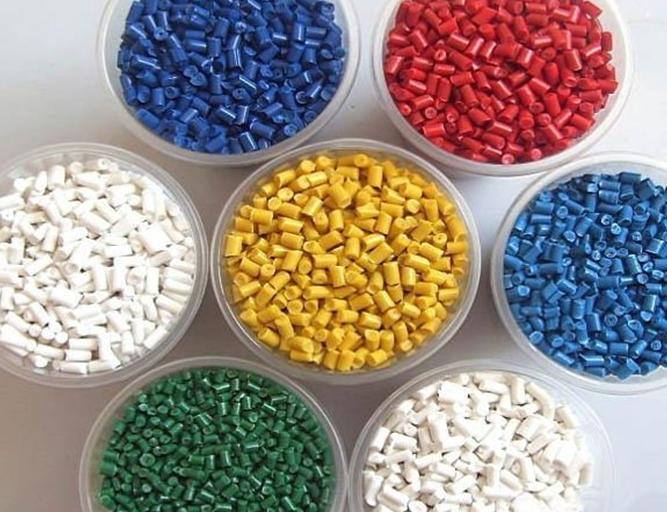
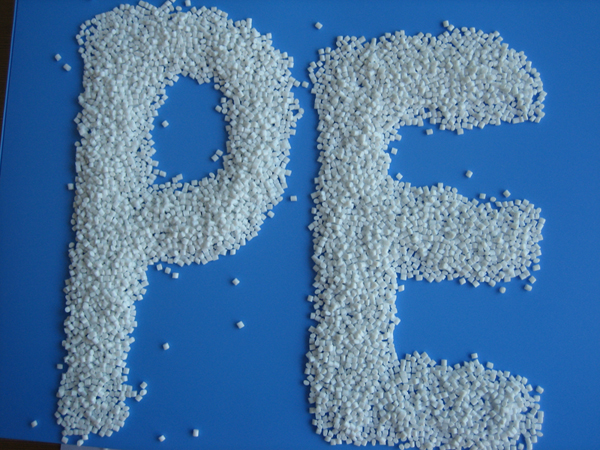

Beijing United Test Co.,Ltd. export@unitedtest.com offer the testing equipment of ASTM D4459 Weathering Test Machine of Xenon-Arc Light Exposure of Plastics Intended for Indoor Applications. Contact us now : export@unitedtest.com, unitedtest@hotmail.com










